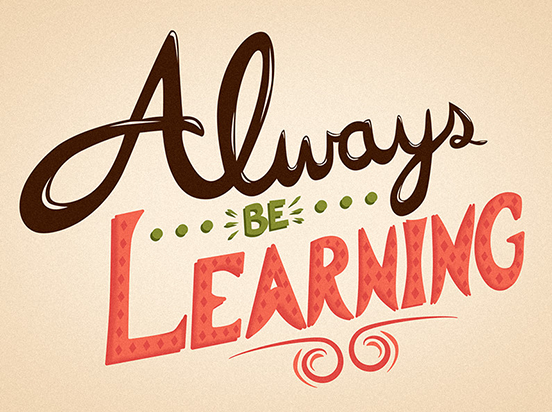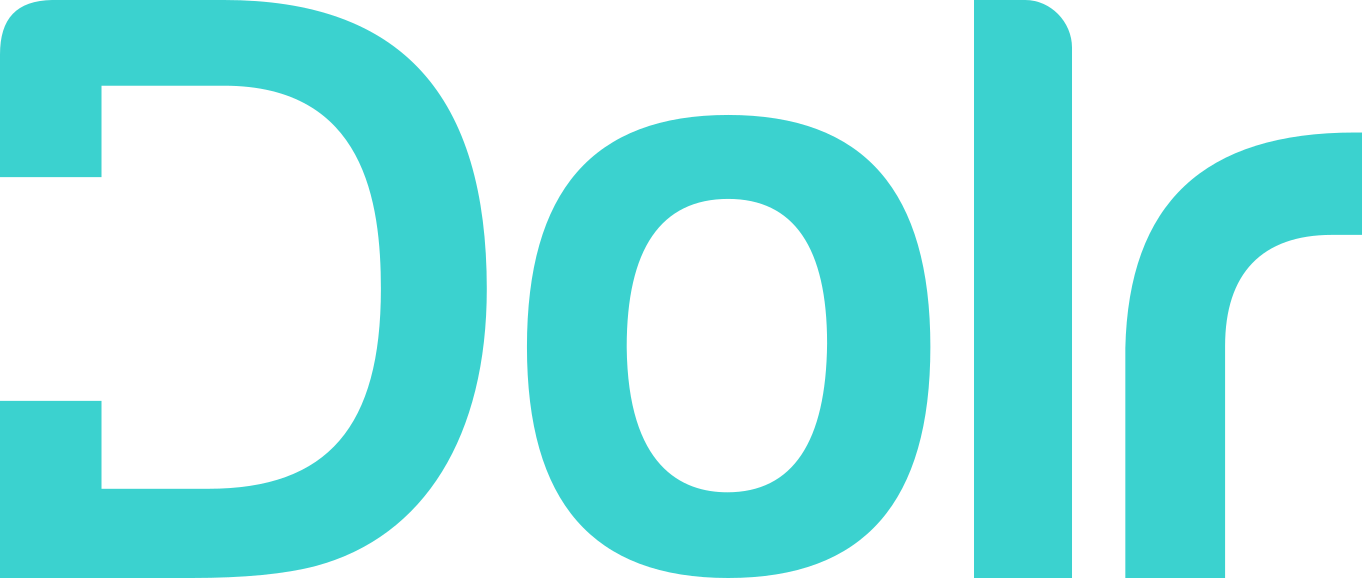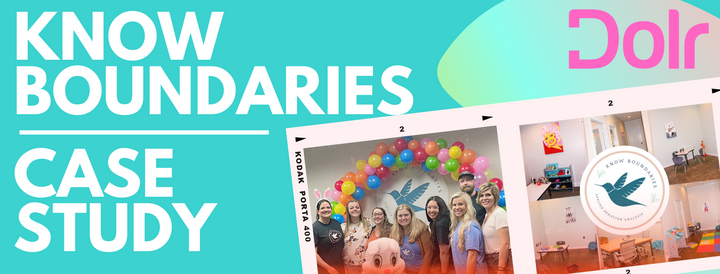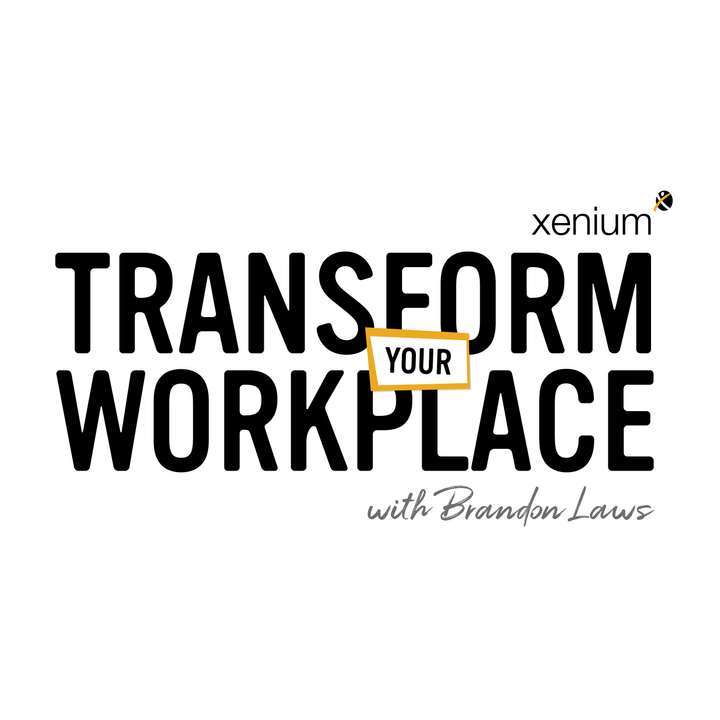Is your mission aligned with learning?

At Noether Rudin we are on a mission to Lower Financial Barriers to Education. We believe learning is a path to financial freedom. However, for many people finances are a barrier to learning. There is an asymmetry between the cost of education and how society rewards it. We started this company to fix that. This is a massive undertaking, and we are very realistic about the sheer number of challenges we face from day one. As Oscar Wilde said
Nothing is worth doing except what the world says is impossible
To fortify our resolve to Lower Financial Barriers to Education we started with one core value statement from which all the rest of our values stem:
Always be learning.
Culturally, everything we do is predicated on this. We chose this as our core value statement because it defines who we all are. We are committed learners and place learning at the core of everything we do. But learning for learning’s sake is best suited for the realm of academia; so we are intentional about learning for the sake of application. We learn, we apply, we repeat.
Our mission is related to education and our core value statement is related to learning. Does this mean our mission is aligned with learning? No. Aligning a mission with learning takes more than words on paper. Aligning your mission with learning is critical to developing and maintaining a healthy culture for your organization.
Finding Alignment
Finding alignment between your mission and learning is important because by doing so you accomplish the challenges of providing your people with purpose and sharing ownership of your goals. Your mission inspires your purpose. That’s why purpose-driven organizations outperform others. At the core of building a purpose-driven organization is learning.
Just like you, your team wants to feel valued and supported. They want to feel a positive connection to their teammates and the business. They need to see your mission aligns with and is related to their personal goals. You may have read of terms like the "principal-agent problem." Those frameworks are not only simplistic, they're archaic and have no place in the modern economy business. Your people are humans. Your customers are humans. You're human.
Humans need a sense of higher purpose and belonging. Humans want to have a balance between authority and responsibility. Humans want to grow. Humans want to build their professional reputations. And humans have the right to all of that while maintaining a healthy life outside work.
Finding alignment entails taking concrete actions to activate that natural human potential. Here are 4 steps we take at Noether Rudin to ensure our mission continues to be aligned with learning:
1. What + Why
We always accompany the explicit what with a concrete why. What is it we are trying to achieve in the next week / month / quarter, and why are we trying to achieve this thing? We find this is so important in rallying the entire team to crush short term goals while working towards our larger mission. We are very clear about the what and very transparent about the why. By doing this we align our mission with smaller, achievable learnings.
2. Set Clear Expectations
For many, hearing “set expectations” brings thoughts of goal setting and planning. Though important, this mental exercise misses the point. We set expectations for one reason: no surprises. Removing surprises as best as possible provides the necessary room to learn and grow in uncertainty.
For us, setting expectations means defining boundaries for failure. When we've done our What + Why exercise, we drill down into the “what” and find that single most important thing which we cannot fail at then very clearly set that expectation. Obviously, the “what” has to be both realistic and measurable. By doing this we align our smaller learnings with expected outcomes.
3. Overcommunicate
Everyone has to be on the same page about what you're trying to achieve, why, and what the expected outcomes are. You also need to make sure you have assigned a human who is accountable and ultimately responsible for the outcomes. By tying overcommunication and accountability you create a mechanism to measure progress towards your expected outcomes. This is especially important at times like these when most people are working fully remotely and communication is becoming more asynchronous.
Overcommunication helps in three ways. Firstly, hearing the same ideas expressed from different perspectives, in different words, and across different mediums helps solidify notions about the what, why, and outcomes. Secondly, it becomes very easy to identify any disconnects between the what, why, and expected outcomes. Finally, by encouraging overcommunication amongst the team you create an accountable environment for iterative learning since everyone feels comfortable asking questions for clarity. By doing this we align our expected outcomes with accountable humans.
4. Make it Cozy
Like you, we find building a business in a big market with many moving parts to be exciting and challenging. There are many problems we need to solve around process, procedure, and fulfilment. Acknowledging that we are first and foremost human, we take every measure within our resources and abilities to ensure we can perform at our best. We make it cozy. We create an environment where we aren’t avoiding failure for fear of judgement or personal ridicule.
We take a lot of external stressors off our tables by ensuring and encouraging each other to dedicate time to personal development in and outside work. We are patient when a teammate says they need some time to go learn. We provide monetary support for learning, both past and present. We have explicit "no work during these times" policies. By doing this we align our accountable humans with their personal goals and complete the circle.
Alignment Achieved
Aligning your mission with learning is a continuous process. By building a repeatable process around how you fulfil your alignment you increase your chances of achieving your mission with a strong and purpose-driven team.
Our framework for aligning our mission with learning starts with an explicit what and concrete why, which we then measure by setting clear expectations for outcomes. We hold each other accountable by overcommunicating and we respect the fact that we're just humans and will always have more important things in our lives than work. So, we strive to take as much of the external pressures off each other’s plates by ensuring we all take the time for ourselves and by contributing financially where it matters most.
We are a small team and this works for us. As we grow we expect this framework will grow with us. However, just as our mission will not be swayed, our commitment to always being aligned with learning will never waiver.
Is your mission aligned with learning?
I'd love to learn about how you're approaching these challenges. Email me, let's talk! hello@noetherrudin.com



